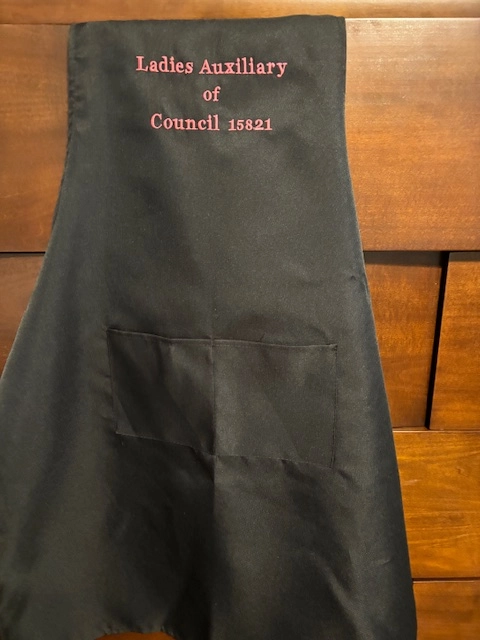Tailored Mugs with Custom-made Embroidery Layouts for a Special Gift
Tailored Mugs with Custom-made Embroidery Layouts for a Special Gift
Blog Article
The Art of Custom Needlework: Opening the Keys to Creating One-of-a-kind and Remarkable Layouts
Embroidery, a craft soaked in tradition and creativity, holds within its elaborate stitches the power to change textile into a canvas of special expression. The tricks to developing customized embroidery designs that captivate the eye and leave an enduring impact lie in a delicate equilibrium of method, imagination, and interest to detail. As we explore the globe of custom-made embroidery, we reveal the nuanced interplay between string choice, sew intricacy, and style customization that boosts a mere garment to an artwork. Join us on a trip via the art of personalized embroidery as we unravel the mysteries behind crafting genuinely memorable and distinct creations.
Selecting the Right Embroidery Threads
When choosing embroidery threads, what vital factors should you consider to make certain the finest results for your customized designs? The option of embroidery string is crucial in establishing the last end result of your stitched design.
Thicker threads can include measurement and texture to your style, while finer threads are optimal for complex information and tiny message. Additionally, taking into consideration the shade fastness and washability of the string is critical to make sure that your customized layouts keep their high quality and vibrancy over time.
Discovering Different Stitch Methods
To dig right into the world of 'Exploring Different Stitch Methods', one must realize the ins and outs and subtleties that each sewing technique gives the art of embroidery. Various stitch techniques not just add visual rate of interest yet also add to the overall structure and measurement of the design. One preferred stitch method is the satin stitch, which includes very closely stuffed parallel stitches to create a smooth and glossy surface area, ideal for filling in forms and producing strong outlines.
On the other hand, the backstitch is a functional method usually made use of for outlining and adding great details. It entails stitching backward to create a strong line of embroidery. Furthermore, the French knot stitch includes a tactile element to layouts, excellent for producing textured accents like blossom centers or decorative touches.
Discovering different stitch techniques enables embroiderers to have fun with light, darkness, and depth within their designs, boosting the aesthetic allure and artistic top quality of their needlework projects. By mastering different stitching methods, one can unlock limitless possibilities for creating distinct and memorable custom embroidery pieces.
Incorporating Personalized Layout Elements
Having actually discovered the ins and outs of various stitch techniques such as the satin stitch, backstitch, and French knot, the emphasis currently shifts in the direction of integrating individualized layout elements in customized embroidery tasks. Customized style elements play an important role in making embroidery projects truly distinct and memorable.
Another means to incorporate personalized style components is by including signs or motifs that hold unique definition to the recipient or mirror Read Full Report their passions and character. As an example, incorporating a favorite flower, pet, or hobby-related sign can make the needlework design more purposeful and individualized. Furthermore, choosing colors that resonate with the recipient or line up with the designated motif can even more enhance the personalization of the needlework task.
Mastering the Art of Shade Control

One key aspect of color coordination is recognizing shade concept. This includes knowing just how various colors interact with each other, the emotions they share, and how they can be incorporated to develop aesthetically appealing styles. By applying color concept concepts, embroiderers can produce harmonious color combinations that enhance the overall look of the style.
In addition, paying focus to comparison is important in shade control. Using contrasting colors can assist specific components of the layout pop, improve legibility, and develop an aesthetically vibrant needlework piece. By understanding the art of shade coordination, embroiderers can boost their styles and produce memorable pieces that reverberate with clients and audiences alike.
Enhancing Texture With Advanced Needlework Stitches

French knots, as an example, are perfect for including tiny, increased dots to your layout, simulating the appearance of beads or producing a distinctive surface. Bullion knots, on the other hand, can be used to produce twisted, ropelike aspects that include a luxurious feel to the needlework. Seed sewing entails little, scattered stitches that can fill in locations with a multicolor texture, while turkey work produces fluffy, dimensional accents reminiscent of animal hair or foliage. Trying out these sophisticated embroidery stitches enables you to push the borders of traditional embroidery and produce absolutely one-of-a-kind and aesthetically enticing appearances in your layouts.
Verdict
In final thought, the art of personalized embroidery entails a mix of choosing the right strings, checking out different stitch strategies, integrating customized layout elements, grasping shade coordination, and enhancing texture with advanced stitches. By understanding and carrying out these crucial elements, embroiderers can produce unique and unforgettable designs that display their creative thinking and skill. Needlework lovers can open the tricks to developing gorgeous and bespoke items that attract attention and leave a long lasting impression.
Report this page